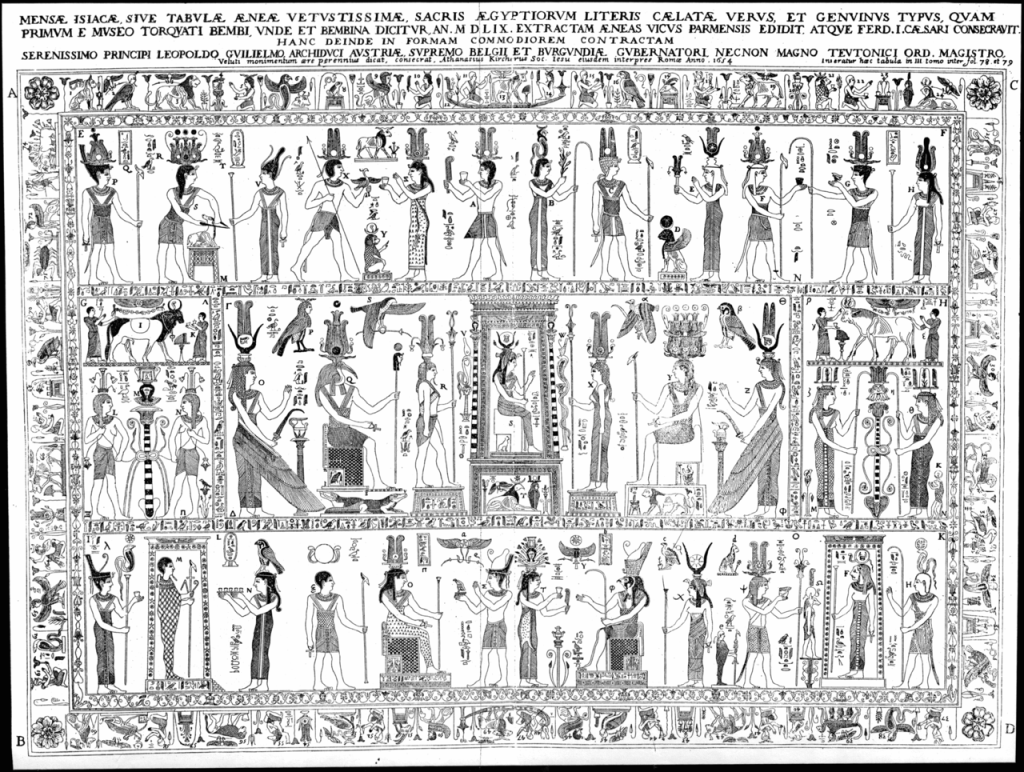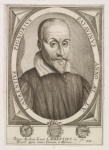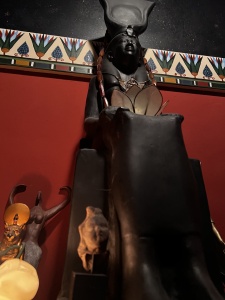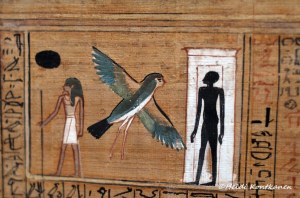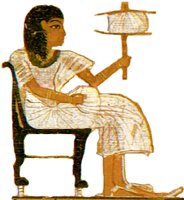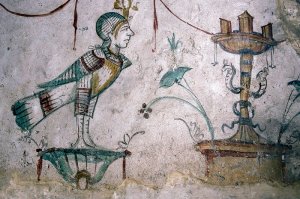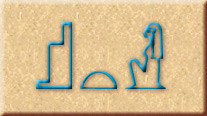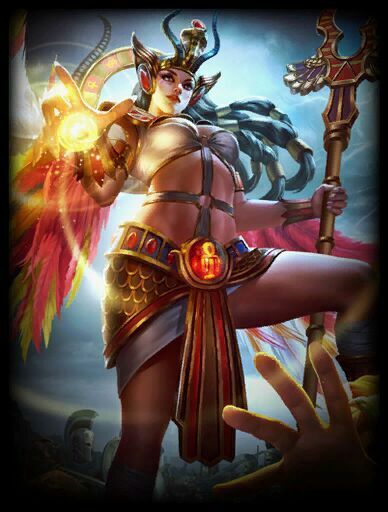Part 3
For the past couple of weeks, we’ve been looking into the history—occult and otherwise—of the unique artifact known as the Mensa Isiaca or Table/t of Isis. And it is, literally, unique. We have no other ancient artifact like it. It is a large bronze tabletop, or perhaps altar top, with Egyptianizing figures and pseudo-hieroglyphs, all expertly crafted in polychrome metals.
Lets dive back in and see what some other writers, thinkers, and magicians had to say about it.
Other Ideas
Following Kircher’s intensive explication of the meaning of the Mensa, it became a subject of much scholarly discussion. For centuries.
In 1719, a monk named Bernard de Montfaucon addressed the Mensa. Montfaucon was a scholar and is credited with helping to develop early archeology. He thought the Mensa described Egyptian religion in some way and found it very symbolical and enigmatic. He went on to describe the Mensa in some detail, seeing almost every figure in it as either Isis or Osiris. Of Kircher’s interpretation, he commented, somewhat snarkily, that he doubted whether any Egyptian had ever thought as he did.
In his Sacred and Profane History of the World Connected, Samuel Shuckford considered the Mensa to have been made before the Egyptians came to worship their Deities in anthropomorphic form because the priests shown kneeling in the border all kneel before animal forms.
William Warburton, a Christian Bishop and writer, came pretty close to modern thinking about the Mensa. He thought it was made in Rome by an Isis devotee due to the odd mixture of hieroglyphs and the fact the Isis is clearly the most important figure. Yet another writer, Paul Ernest Jablonski, thought the central figure was Neith. He saw Isis in a number of the other female figures and thought that the Mensa was a calendar of Egyptian festivals, adjusted to Rome.
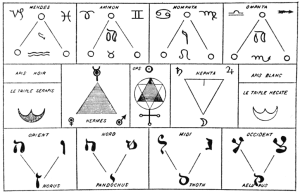
The English masonic authority, Kenneth Mackenzie took note of the Mensa because of its three-part division and thus its possible correspondence with three-part craft masonry.
Eliphas Levi & the Mensa Isiaca
Eliphas Levi, a French writer, esotericist, and magician, also had an interest in the Mensa Isiaca. Writing in his History of Magic (1860), Levi said,
The most curious, and at the same time the most complete key to the Tarot, or modern version of the famous Book of Thoth, is found in the Isiac Tablet of Cardinal Bembo, which has been represented by Kircher in his work on Egypt: this learned Jesuit has divined, without being able to establish complete proof, that this Tablet contained a key in hieroglyphics to the sacred alphabet.
History of Magic, Eliphas Levi
(You see, it was the secrets of the Alphabet of Thoth that the Hebrews took with them when they left Egypt…and thus developed Qabalah…which, in Hermetic Qabalah, has correspondences to the tarot.)
Looking at his chart (above) and his description in his book, I am baffled as to how he reached some of his conclusions. For instance, he says there are 21 images in the middle register that correspond to the letters of the alphabet. Surely he must mean the Hebrew alphabet, but neither the French, Hebrew, nor Egyptian alphabets have 21 letters. Second, there’s no way I can count the figures in the middle register that adds up to 21. You?
But perhaps it’s all just too recondite and admirable for me. Or perhaps Levi cheated a bit. Westcott (remember him from last week?) was a big fan of Levi and in his own book on the Mensa, he expanded on Levi’s comments, connecting the images and divisions of the Mensa to various Qabalistic and astrological symbols.
The Secret Teachings of All Ages & the Mensa Isiaca
Manly P. Hall in his Secret Teachings of All Ages introduces the section on the Mensa Isiaca by quoting “a manuscript by Thomas Taylor” that said,
Plato was initiated into the ‘Greater Mysteries’ at the age of 49. The initiation took place in one of the subterranean halls of the Great Pyramid in Egypt. The Isiac Table formed the altar, before which the Divine Plato stood and received what was always his, but which the ceremony of the Mysteries enkindled and brought from its dormant state. With this ascent, after three days in the Great Hall, he was received by the Hierophant of the Pyramid (the Hierophant was seen only by those who had passed the three days, the three degrees, the three dimensions) and given verbally the Highest Esoteric Teachings. After a further three months’ sojourn in the halls of the Pyramid, the Initiate Plato was sent out into the world to do the work of the Great Order, as Pythagoras and Orpheus had been before him.
Manly P. Hall, The Secret Teachings of All Ages
Due to the popularity of Secret Teachings, this statement has been often repeated in various esoteric publications, both print and digital. For the record, there is nothing like this in any of Thomas Taylor’s* published works, nor are there any known records of such details of Plato’s purported initiation. According to the Greek historian and geographer Strabo, Plato studied in Egypt for 13 years, learning geometry and theology. But the description above sounds perhaps a bit too masonic with its three degrees. For the rest of his section on the Mensa, Hall relies mainly on Westcott’s book.
IYNX! A Funny Thing Happened on the Way to this Blog Post
Perhaps it was a subconscious prompting. Or perhaps it really was a meaningful synchronicity. But here’s what’s going on. I keep a folder with blog post ideas. And since the Getty Museum semi-recently put out a paper on their study of the Mensa, I thought, “why not?” What I intended to be one post turned into three. And then I came across a somewhat surprising name in Kircher’s discussion of the Mensa. The name is Hekate.
Where does She come into it? Remember that Westcott remarked that the Mensa’s cosmic scheme is almost identical to that of the Chaldean Oracles? Well, if you’ve got Chaldean Oracles, you’ve got Hekate. She is the Anima Mundi, the Soul of the World, and the connector between the Empyrean (heavenly) and Hylic (earthly) Worlds.
And that funny word, Iynx, with which the Mensa’s Isis is labeled? It can be a magical tool—the so-called strophalos, or wheel, of Hekate—a bird used in erotic magic, or a type of Being in the Chaldean system. As a Being, Iynges (plural) are “transmitters” of higher-level energies to the lower worlds. The Hathor-headed pillar in the center of the image (above) is what Kircher says is “Isis under the form of Hekate.”
Isis—as the “Supreme Mind, or Pantomorphous Iynx”—sits in the center of the Mensa, connecting everything and transmitting the Divine energies throughout the Universe.
Why does this matter to me right now? Because I’m preparing to take part in a Fall Equinox festival dedicated to Hekate. I’ve been working with Her for many months now in preparation. And so, with this series of posts, my two Goddesses have come together for me, for now.
A Meditation
As you can see, the Mensa Isiaca, the Table of Isis, has been a screen upon which many have projected their thoughts for hundreds of years. Even as a Roman work of art with incomprehensible hieroglyphs, it has served as an Egyptological and esoteric inspiration. And, I think, it has also shown how things can be symbolically connected, even if that was not the original intent of the work. And though we may not be quite as invested in all ancient religions being the same as Kircher was—still—there is something beautiful and magical in the weaving of those connections.
Honestly, a meditation like Kircher’s could be very worth doing for Isis devotees. For instance, we might pick out an ancient Egyptian image of Isis (like the one at the top of this post) and, in gentle meditation, give a meaning to each and every detail, each and every color the artist used. When we do, we’ll see what connections arise for us and in us. No doubt, it won’t be exactly what the ancient Egyptians intended. But it will be a meditation of deepening and it might help us identify some of our own inner symbolism and how, for us, it connects with Isis.
*Thomas Taylor was an 18th-19th-century English translator and neoplatonist. He was the first to translate into English the complete works of Aristotle and Plato.




